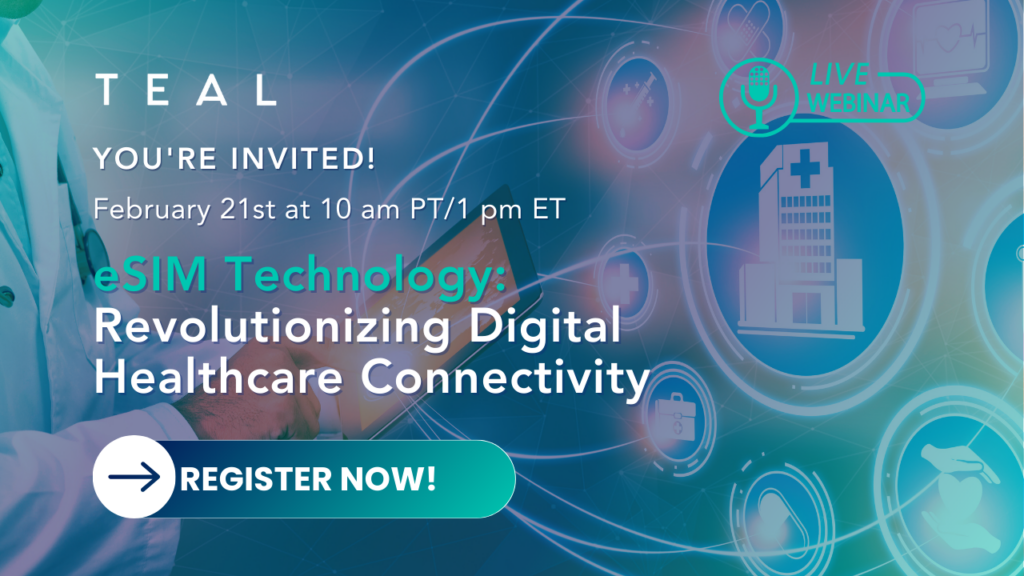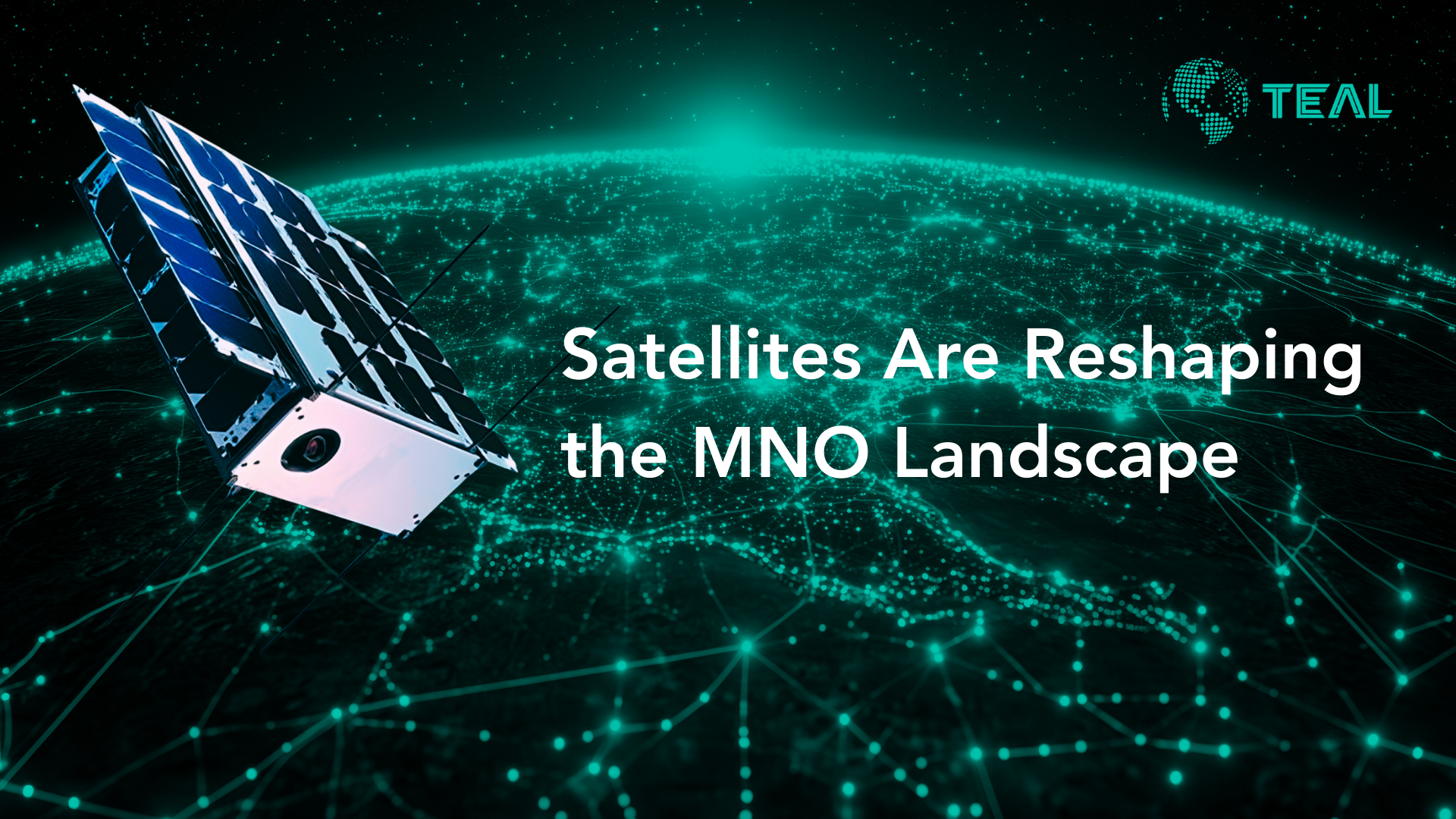How eSIM Technology is Revolutionizing Digital Healthcare Connectivity
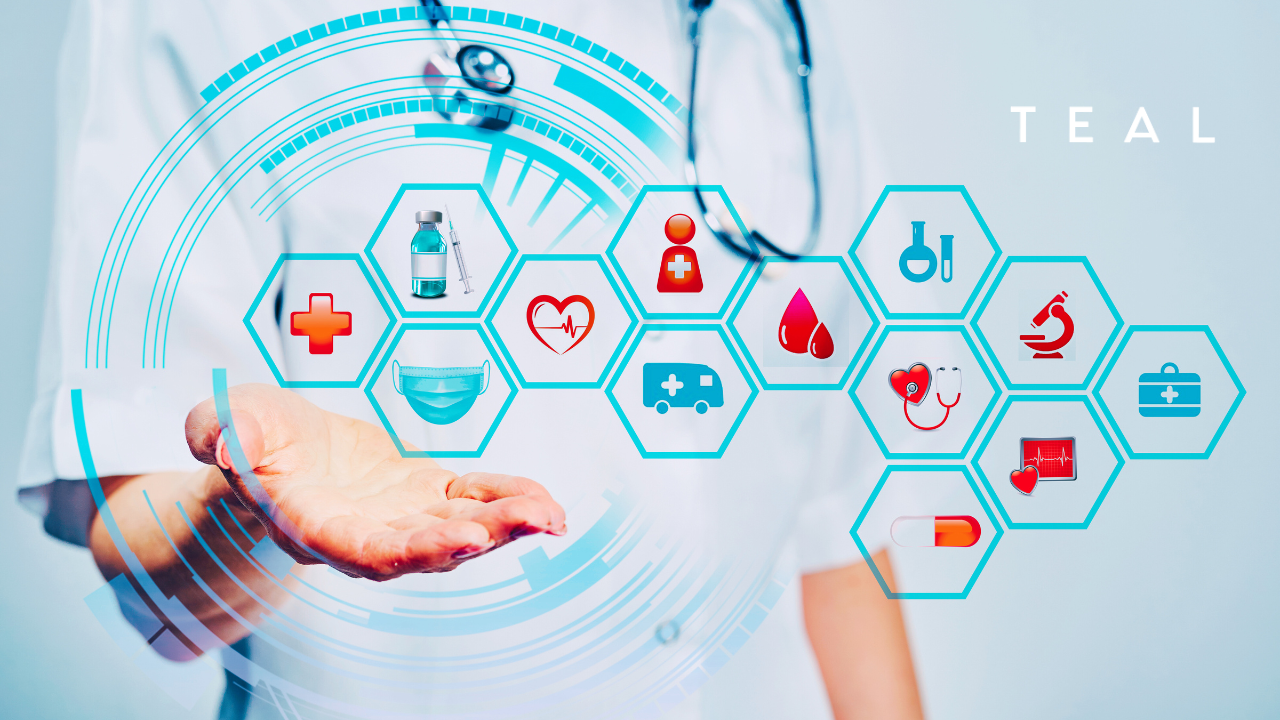
The union between technology and healthcare has sparked a wave of innovation, transforming the way we approach patient care. The advent of cellular-enabled technology has permitted healthcare providers to leverage digital healthcare solutions, from remote patient monitoring to virtual consultations, to deliver reliable and affordable care to the masses. However, the success of these solutions is dependent on reliable cellular connectivity, which can be a challenge in certain geographies and in remote locations. That’s where eSIM technology comes into play. In this blog post, we’ll explore how eSIM technology is transforming the healthcare landscape by enabling reliable, simple, and affordable cellular connectivity, which is essential to the success of cellular enabled healthcare technology. With the rise of eSIM technology, healthcare solutions can easily connect onto any global network over-the-air, thus providing unmatched flexibility, performance, and redundancy. Read on to learn how eSIM is changing the game for patient care and discover some of the exciting digital healthcare technologies being connected via cellular networks.
eSIM is Powering Critical Healthcare Use Cases That Require Reliable Cellular Connectivity
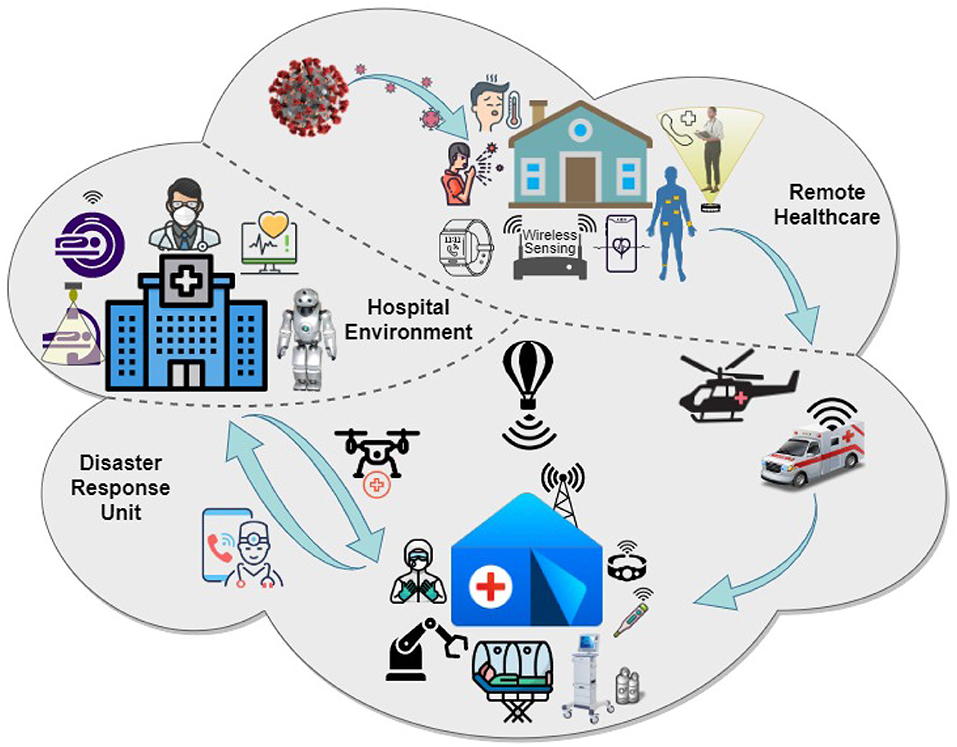
Cellular connectivity, and specifically 5G, is quickly becoming a game-changer for digital health solutions with amazing possibilities such as remote patient monitoring, connected ambulances, HD virtual consultations and video-enabled prescription management. With eSIM technology, all these solutions are even more accessible and reliable for both patients and healthcare providers. Let’s delve into some leading examples of cellular enabled digital healthcare technology.
The Connected Ambulance

The technology relied upon in connected ambulances relies on high-performing connectivity and low latency to work efficiently. In a connected ambulance, real-time data is collected from sensors, body cameras and wearables, and transferred to healthcare professionals in real-time. With connected technology, paramedics and healthcare professionals can quickly and securely access patient data from anywhere, at any time, without compromising patient privacy or hospital security. This ease of access saves time and ensures that hospital staff have a better understanding of a patient before they arrive.
Unlike other use cases, connected ambulances cannot be implemented without cellular capabilities. Data and video from ambulances must be sent in real-time to the hospital and clinicians as in emergency situations, split second decisions can have significant impact. Other devices such as body cams in the field, must stay connected without interruption or high-latency which can lead to loss of image quality or buffering. When an ambulance leaves its coverage area, it can lead to interruptions in the patient data transfer and can, therefore, impact the overall patient outcome. This problem can be alleviated with eSIM technology which allows devices to dynamically switch between networks, over-the-air, ensuring that critical healthcare solutions are always connected to the best networks, no matter where the ambulance is traveling.
Remote Patient Monitoring
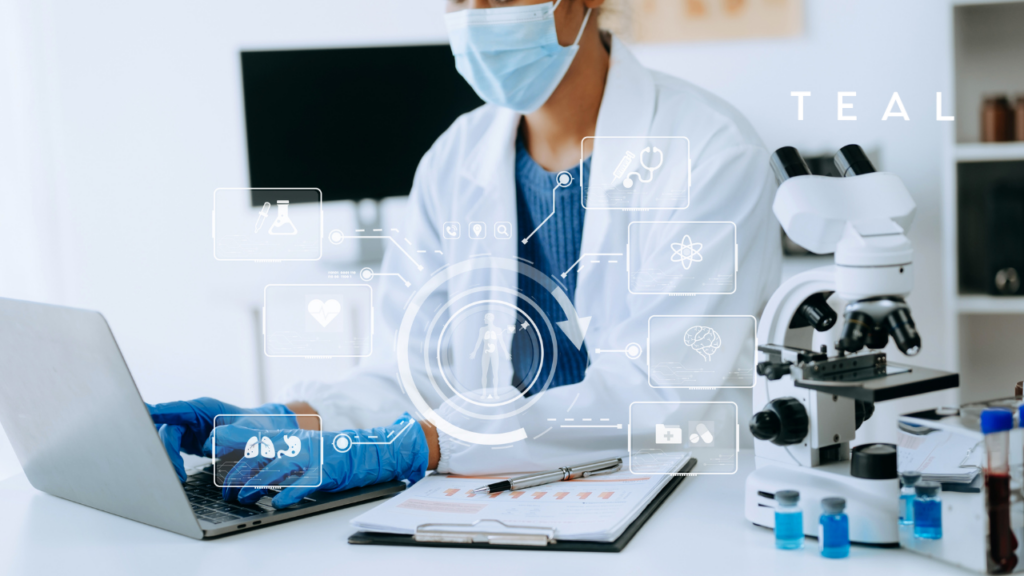
Remote patient monitoring is a key driver for more efficient and proactive delivery of healthcare services. It involves using sensors, wearables and e-health devices so that patient attributes can be collected and analyzed without the need for patients to travel to primary care facilities and have a face to face appointment with a medical professional. Remote patient monitoring has improved and optimized patient care by providing medical practitioners with a real-time view of a patient’s data and reliable cellular connectivity enables patient monitoring to happen at scale. The growth in cellular digital healthcare tech is allowing patient care to be truly mobile versus the in-home connectivity solutions of the past which have solely relied on Wi-Fi. For true mobility, WiFi just doesn’t cut it and nor will roaming solutions. That’s why leading digital healthcare technologies are relying on eSIM technology to ensure always on, redundant connectivity for mission critical solutions, globally.
High definition (HD) Virtual Consultations
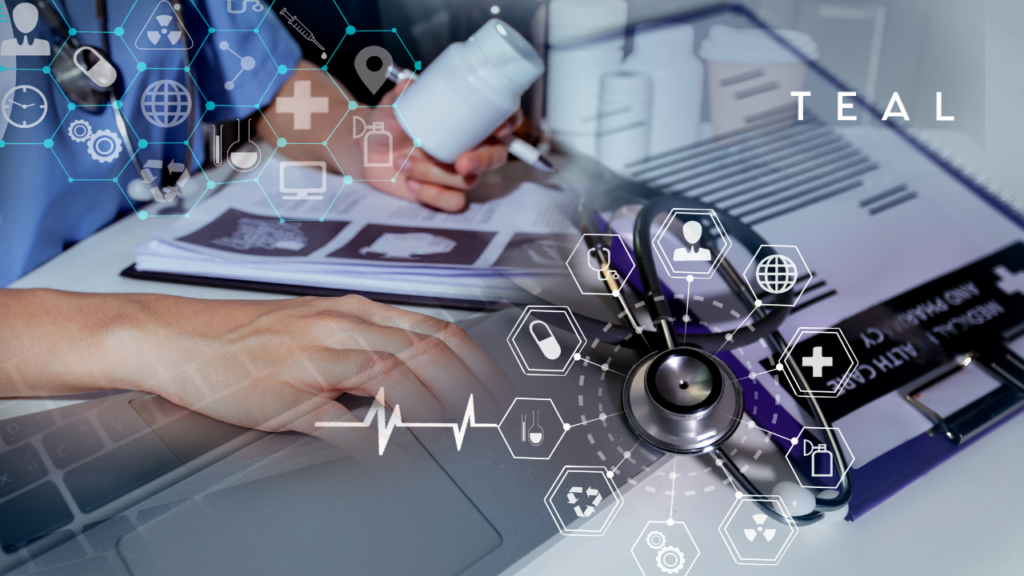
Prescription management is a significant challenge in the healthcare industry, especially with elderly or mentally ill patients who forget if and when they have taken their medication. Cellular-enabled technology video-enabled medication adherence can help to tackle this problem by connecting qualified pharmacists and carer takers directly to patients through video to ensure the correct medication and dosage is taken at the right time. eSIM technology provides streamlined access to connect onto the best networks globally so patients can have an HD video consultation with their healthcare provider without the need for physical appointments, which reduces the risk of infection and increases the efficiency of healthcare delivery.
Augmented Reality and Virtual Reality

AR/VR Assistance for the Blind
Another benefit of eSIM technology is that it is helping to connect augmented reality (AR) and virtual reality (VR) solutions in healthcare. AR/VR has been essential in treating blind individuals, creating rehabilitation therapy, and surgical collaboration beyond the field. Patients with visual impairments can receive assistance using AR apps and software that translate text to speech, providing a life-changing opportunity for these individuals. Using a cellular-enabled AR/VR headset or set of video streaming glasses, visually impaired individuals can be connected in real time to a live advisor who can guide the patient through certain activities in their daily life. Although Wi-Fi meets the basic performance requirements, many of the activities for AR/VR assistance will happen on the move requiring cellular connectivity. eSIM enables flexible and streamlined access to any global network which results in higher bandwidth enabling higher quality video to be streamed to the guide. The best cellular networks provide the lowest latency so the video can be streamed in real time to the guide which, in situations like crossing the road, would be significant.
AR/VR Training and Education:
The use of AR and VR technology in medical training and education is yet another fantastic application of eSIM technology. With the advent of high performing cellular connectivity such as 5G, on-site surgery can be streamed to students and trainees with real-time, high-quality video, without the need to be physically present. Additionally, the use of data analysis software tools can allow instructors to optimize curriculums based on facial expression recognition, provide feedback on speech or visual aids, and record sessions for playback and review.
Remote Collaboration for Surgeries
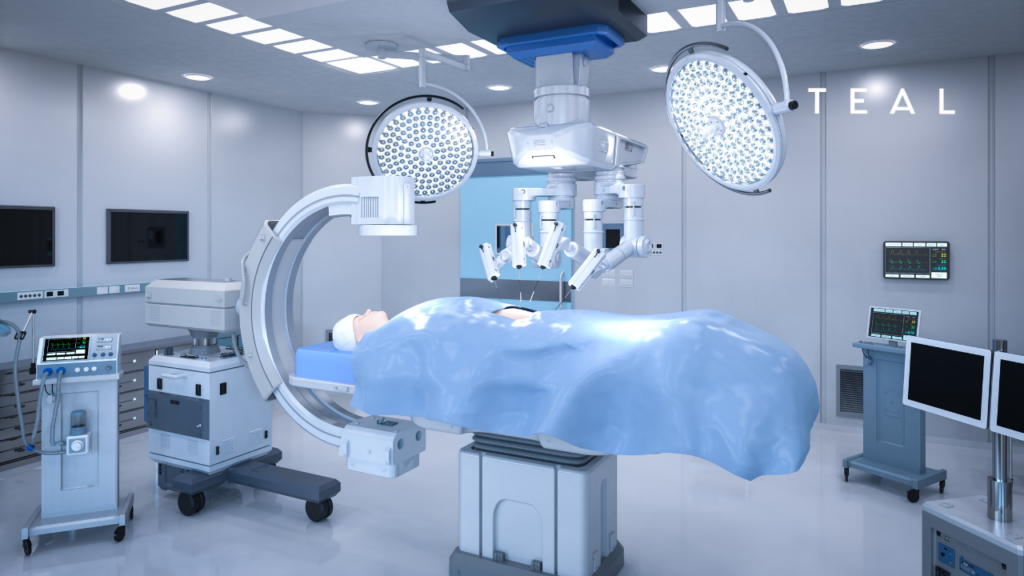
In the context of 5G, a use case that is often mentioned for healthcare is “telesurgery”, where a specialist can perform an operation from a remote location. Though this use case would clearly require cellular capabilities, at least for the foreseeable future, telesurgery is unrealistic for mainstream use (few doctors would be willing to perform surgery on someone using a remote-controlled robotic device that they had not set up and checked in person). High bandwidth to send extremely high-definition video would be required for remote surgery as well as reliability and security. A drop in QoS could lead to loss of life which is why eSIM will be needed to provide redundant connectivity. While remote surgeries may be something we need to wait a few years to see, a more realistic short-term opportunity is using a cellular-enabled AR/VR headset to allow a specialist to watch in on a surgery taking place in real time, guiding the in-person surgeon and commenting on what they see based on their own experience. This could also be extended to include haptics such that for example the in-person surgeon could receive vibratory cues for where and when to move from the remote guide, or the guide receives haptic information on the texture of a patients’ body in order to better assess the situation. eSIM can be used to facilitate connectivity onto the most reliable networks providing, low latency across a wide area and enabling real time communications and video streaming between the surgeons.

Robotics in Healthcare
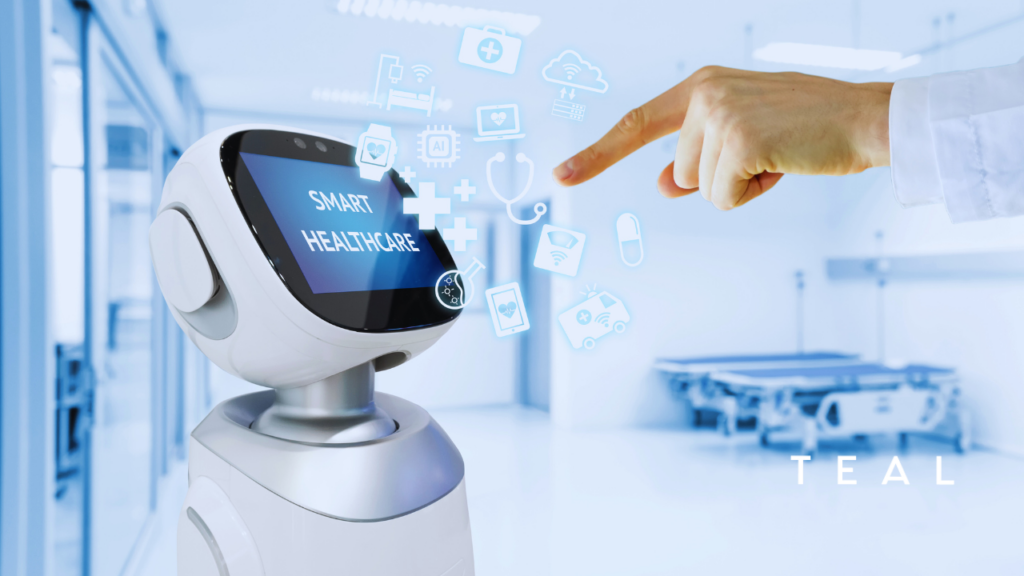
Advancements in robotics could enable robots to perform lab tests without human intervention, remove plaque from arteries, take tissue biopsies, and attack cancerous tumors. In the future, robots could also deliver targeted medication, provide patient care for minor issues and speak to patients about their symptoms. Here are some popular examples of robots that we can expect to see in healthcare facilities:
Nursing robots: These can automatically monitor the vital signs of patients and assist with lifting and transferring patients. They can even do things like create a 3D image of a patient’s arm in order to highlight that patient’s vein, making it easier for a nurse to draw blood.
Sanitation robots: The importance of a sterile environment in hospitals is crucial. Hospital-acquired infections are always a concern for healthcare professionals, which is why sanitation robots are needed to clean and reduce the risk of infection. Check out our recent blog post highlighting some of the most advanced sanitation robots on the market today here: The Rise of Commercial Cleaning and Janitorial Robots: A Look at Leading Solutions and the Benefits They Bring Across Industries.
Exoskeletons: Patients who have suffered severe injuries or disabilities can use exoskeletons which can help patients walk and make other movements.
For many of these robotics use cases, WiFi will not provide the redundancy and reliability needed to perform complex, critical tasks that require an always on connection. eSIM has long been a go to solution for autonomous robot connectivity and healthcare robots are no exception.

Unlocking Digital Healthcare Solutions with eSIM
eSIM technology is transforming digital healthcare solutions in numerous ways. With the implementation of 5G connectivity, remote patient monitoring, connected ambulance, and AR/VR solutions can materially change healthcare quality, strengthen rehabilitation plans, and optimize medical training. With the growing need to meet patient needs with state-of-the-art technology, eSIM technology offers a solution that enables the expansion of digital healthcare services while maintaining efficiency and security.
If you’re evaluating eSIM technology for your business, be sure to tune into TEAL’s upcoming webinar: “Revolutionizing Digital Healthcare with eSIM Technology.” Don’t miss this opportunity, sign up here: https://tealcom.io/live-webinar-revolutionizing-digital-healthcare-with-esim-technology/
In this webinar, you will learn about the 3 ways that connected healthcare solutions can benefit from using eSIM technology.
- How eSIM can ensure always on connectivity for digital healthcare solutions, anywhere.
- How your business can get the flexibility and control to dynamically switch between data networks over-the-air (OTA).
- Why true eSIM provides the highest level of performance for any cellular enabled healthcare solution.
Teal’s patented, GSMA certified technology connects any device onto any data network worldwide. With more network operator agreements than any other connectivity provider, Teal gives businesses everywhere the flexibility and control to remotely switch between networks, ensuring the highest level of reliability and performance for any connected healthcare solution. Whether you’re a healthcare provider looking to improve patient care, a medical device manufacturer seeking reliable connectivity, or an ambulance service aiming to enhance your technology, eSIM from Teal is the way forward. Find out if eSIM is right for your business. Contact a Teal expert today!
Recent Posts
CES 2026: The Connected Future, Through TEAL’s Lens
Teal Communications Staff2025-12-18T18:58:56+00:00
The Fastest Growing Company in the PNW isn’t an AI Startup… it’s TEAL
Teal Communications Staff2025-12-10T20:43:23+00:00
The Sky is the New Cell Tower: Satellites Are Reshaping the MNO Landscape
Teal Communications Staff2025-12-09T21:28:24+00:00

